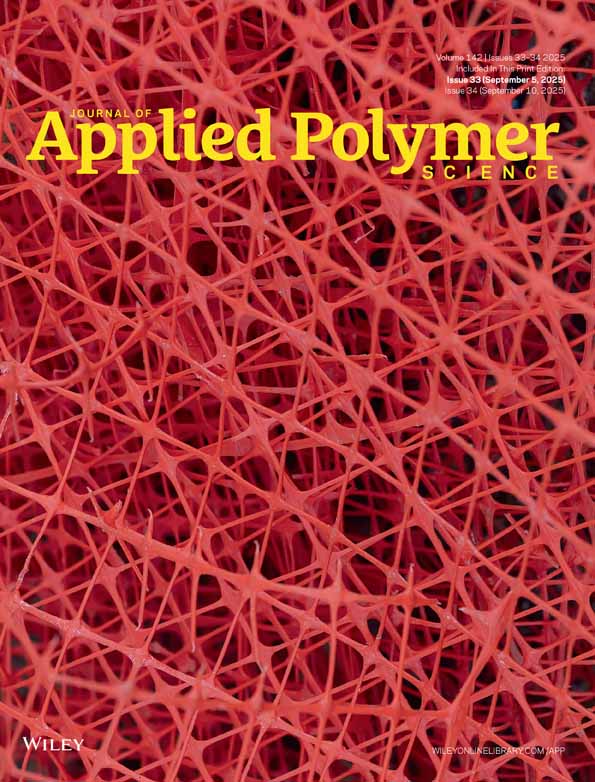Compatibilization and development of layered silicate nanocomposites based of unsatured polyester resin and customized intercalation agent
Abstract
In this study a procedure for the preparation of compatibilized nanoclays was used to produce effective nanocomposites based on unsatured polyester (UP) resin. A compatibilization procedure of the filler with a selected surfactant has been developed and optimized, the effect of organic modifiers on the synthesized nanocomposites properties was studied. Moreover, polyester/clay nanocomposites were prepared. In particular, samples were prepared using two different mixing methods. The properties and formation processes of the nanocomposites obtained using the two methods were compared. X-ray diffraction studies revealed the formation of intercalated/exfoliated nanocomposites structures. The effect of processing parameters, used for both the compatibilization procedure and the preparation of nanocomposites, was studied. Dynamic mechanical, thermal analysis, and rheological tests were performed to investigate the formation mechanism of UP/montmorillonite nanocomposite. In particular, mechanical properties of nanocomposites were studied using dynamic mechanical analysis and tensile tests. Mechanical, rheological, and thermal characterization have confirmed the validity of the used approach to compatibilize the nanoclay and to produce nanocomposites. Tensile strength and Young's modulus were modified by the loading of the organoclays. Furthermore, the rheology of the nanocomposite formulation provided processing information, while mechanical and dynamic mechanical characterization was performed on the nanocomposites produced with the newly compatibilized formulation. The results have shown that nanocomposites with better mechanical properties can be obtained through the selection of an appropriate compatibilization process. © 2009 Wiley Periodicals, Inc. J Appl Polym Sci, 2010




